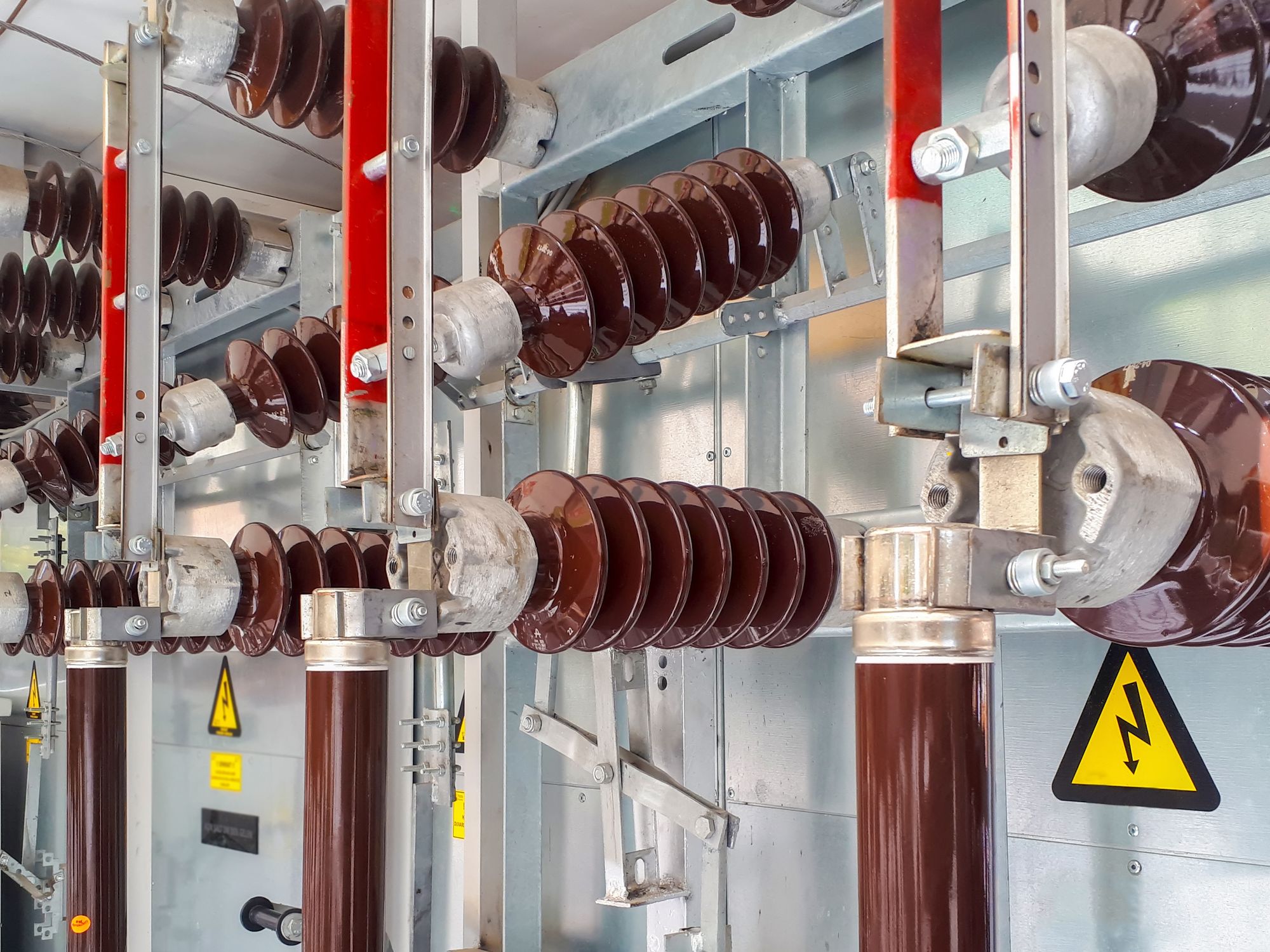Insulation

- Insulation protects workers by covering energized wires and parts with materials that have a high resistance to electrical current.
One way to safeguard individuals from electrically energized wires and parts is through insulation. An insulator is any material with high resistance to electric current.
Insulators — such as glass, mica, rubber, and plastic — are put on conductors to prevent shock, fires, and short circuits. Before employees prepare to work with electric equipment, it is always a good idea for them to check the insulation before making a connection to a power source to be sure there are no exposed wires. The insulation of flexible cords, such as extension cords, is particularly vulnerable to damage.
Conductors and cables are marked by the manufacturer to show the maximum voltage and American Wire Gage size, the type letter of the insulation, and the manufacturer’s name or trademark. Insulation is often color coded. In general, insulated wires used as equipment grounding conductors are either continuous green or green with yellow stripes. The grounded conductors that complete a circuit are generally covered with continuous white or natural gray-colored insulation. The ungrounded conductors, or “hot wires,” may be any color other than green, white, or gray. They are often colored black or red.
